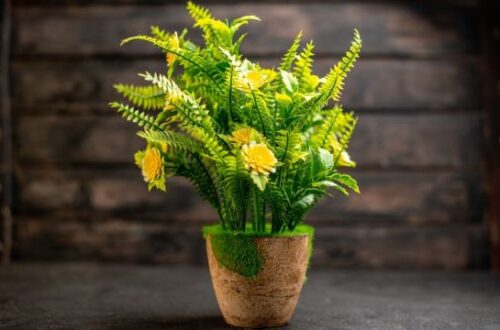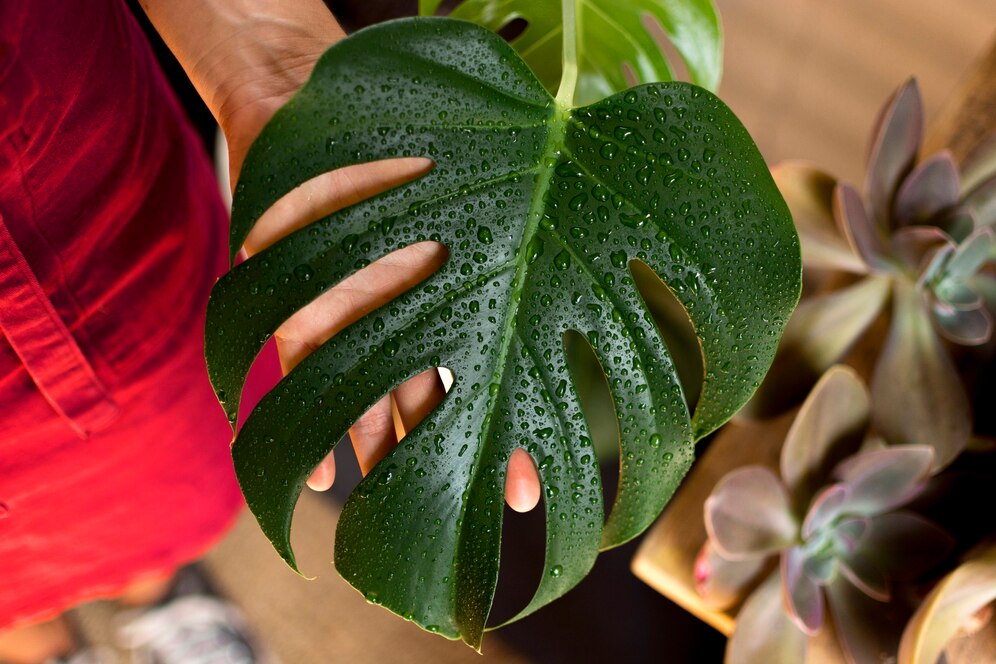ManMany gardeners assume shade means fewer blooming options, but the truth is, some of the best flowering shade plants thrive in low-light conditions, adding vibrant color and life to even the darkest corners.
In this complete guide, we’ll reveal the best flowering shade plants that can turn your dim garden areas into a lush, flower-filled retreat. Whether you have dappled shade or deep woodland darkness, these stunning blooms will bring beauty where you least expect it.y gardeners think shade means limited flowering options, but that’s far from the truth! Numerous beautiful flowering plants thrive in low-light conditions, bringing color and life to dim corners.
Why Choose Flowering Shade Plants?
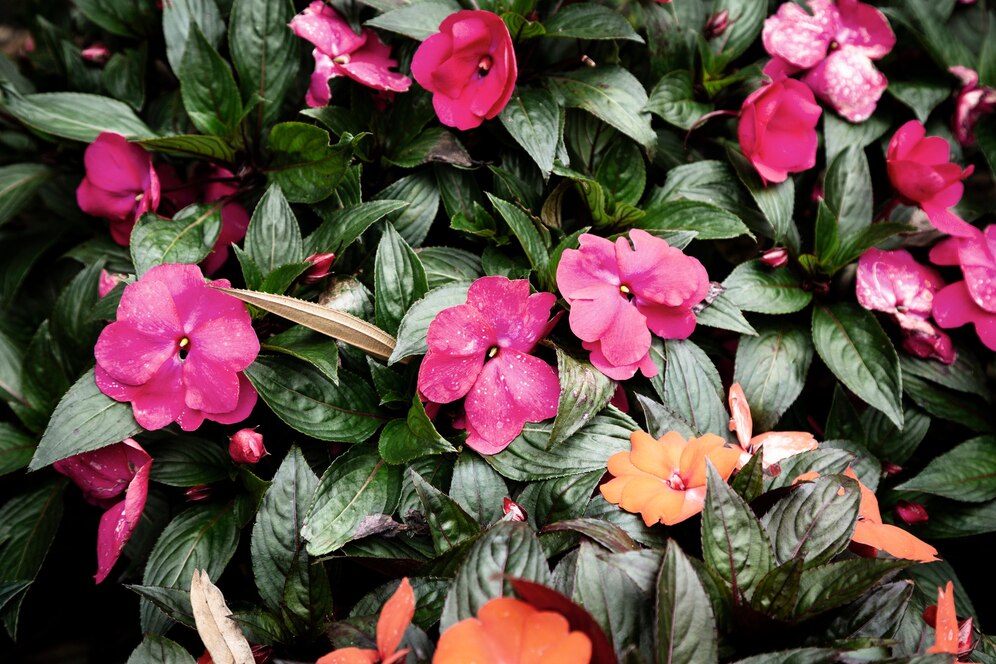
Shade gardens offer a unique charm—cool, serene, and perfect for relaxation. By incorporating flowering plants, you can:
- Add pops of color to dark areas
- Attract pollinators like bees and butterflies
- Create a layered, textured landscape
- Reduce maintenance since many shade-loving plants are low-care
Now, let’s dive into the top flowering plants that flourish in shade.
Top 20 Best Flowering Shade Plants
1. Hosta (Hosta spp.)
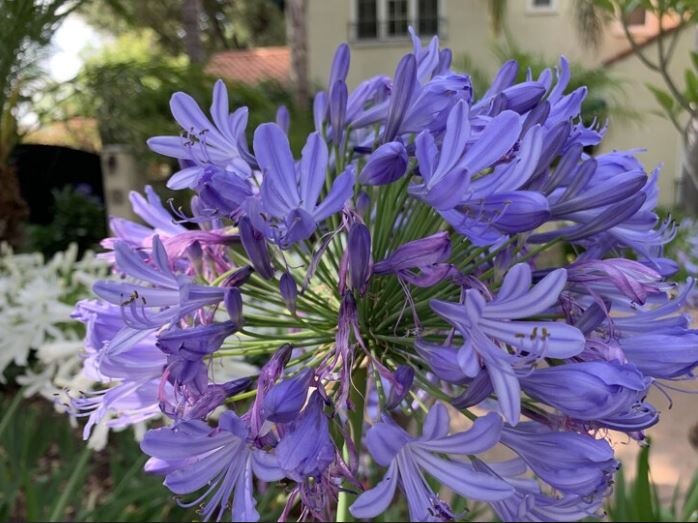
Light Requirements: Partial to full shade
Bloom Time: Summer
Flower Colors: White, lavender, purple
Hostas are famous for their lush foliage, but many varieties also produce delicate, bell-shaped flowers. They’re perfect for borders and woodland gardens.
2. Astilbe (Astilbe spp.)
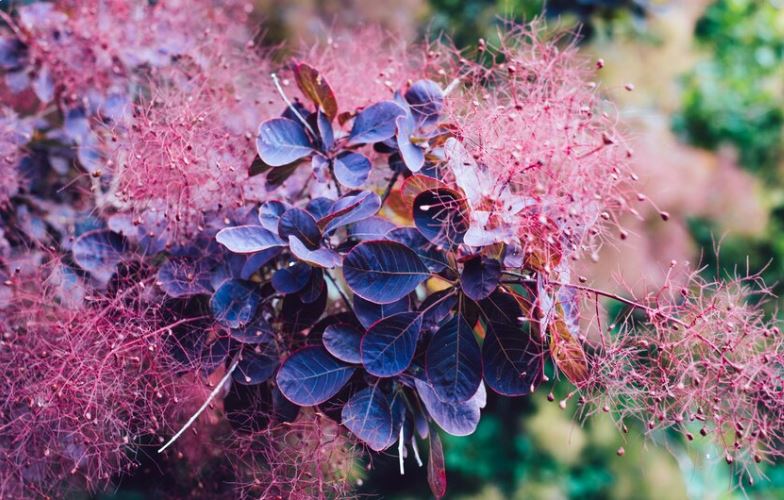
Light Requirements: Partial to full shade
Bloom Time: Late spring to summer
Flower Colors: Pink, red, white, lavender
Astilbe’s feathery plumes add elegance to shady spots. They thrive in moist soil and are excellent for rain gardens.
3. Bleeding Heart (Dicentra spectabilis)
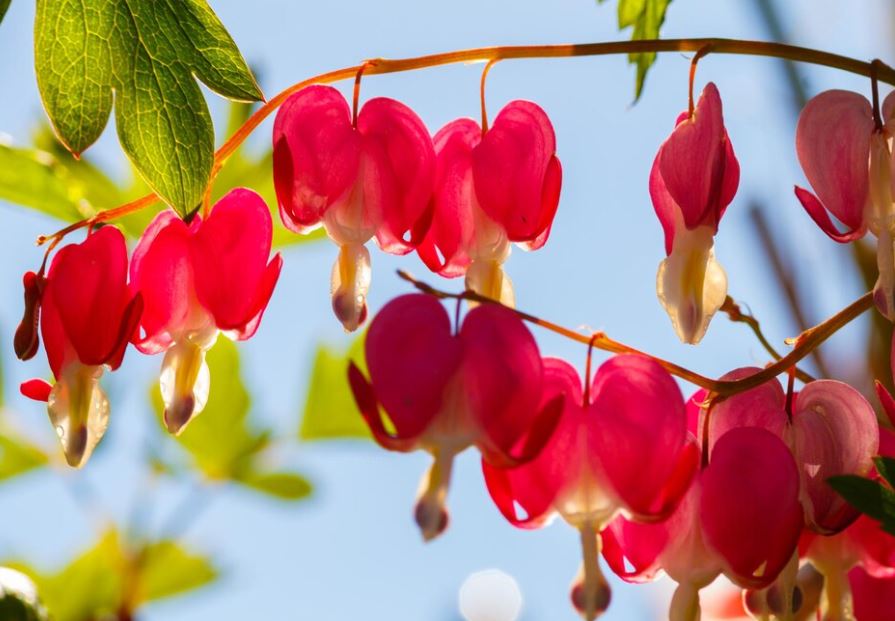
Light Requirements: Partial to full shade
Bloom Time: Spring to early summer
Flower Colors: Pink, white
This classic shade plant produces heart-shaped flowers that dangle gracefully from arching stems.
4. Lungwort (Pulmonaria spp.)
Light Requirements: Partial to full shade
Bloom Time: Early spring
Flower Colors: Blue, pink, white
Lungwort’s spotted foliage and early blooms make it a standout in shady gardens.
5. Foxglove (Digitalis purpurea)
Light Requirements: Partial shade
Bloom Time: Early to mid-summer
Flower Colors: Pink, purple, white
Tall spires of tubular flowers attract hummingbirds and add vertical interest.
6. Hydrangea (Hydrangea macrophylla)
Light Requirements: Partial shade
Bloom Time: Summer to fall
Flower Colors: Blue, pink, white, purple
Bigleaf hydrangeas thrive in dappled shade and offer stunning, long-lasting blooms.
7. Impatiens (Impatiens walleriana)
Light Requirements: Full to partial shade
Bloom Time: Spring to frost
Flower Colors: Pink, red, white, orange, purple
These annuals provide non-stop color in deep shade and are perfect for containers.
8. Toad Lily (Tricyrtis hirta)
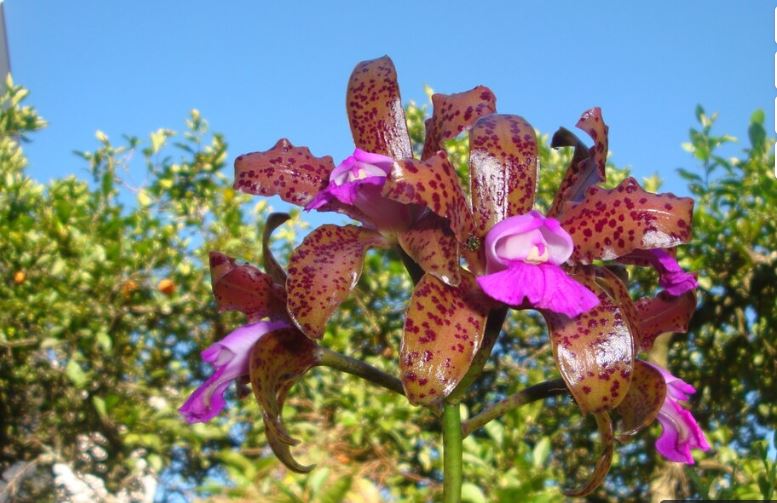
Light Requirements: Partial to full shade
Bloom Time: Late summer to fall
Flower Colors: White with purple spots
Exotic, orchid-like flowers make toad lilies a unique choice for shade gardens.
9. Columbine (Aquilegia spp.)
Light Requirements: Partial shade
Bloom Time: Spring to early summer
Flower Colors: Red, yellow, blue, pink
Columbine’s intricate flowers attract hummingbirds and self-seed easily.
10. Japanese Anemone (Anemone hupehensis)
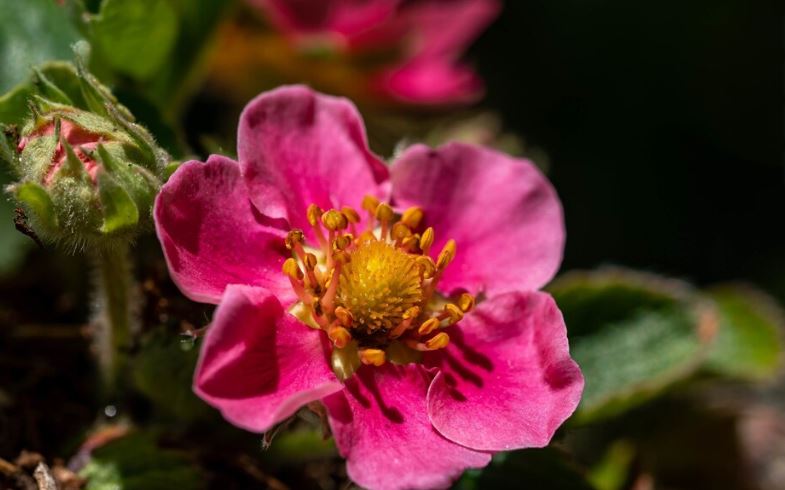
Light Requirements: Partial shade
Bloom Time: Late summer to fall
Flower Colors: Pink, white
These perennials add late-season blooms when many other plants fade.
11. Coral Bells (Heuchera spp.)
Light Requirements: Partial shade
Bloom Time: Spring to summer
Flower Colors: Pink, white, red
While grown mostly for foliage, coral bells produce delicate flower spikes.
12. Lily of the Valley (Convallaria majalis)
Light Requirements: Full to partial shade
Bloom Time: Spring
Flower Colors: White
Fragrant and classic, this ground cover thrives in deep shade.
13. Bergenia (Bergenia cordifolia)
Light Requirements: Partial shade
Bloom Time: Early spring
Flower Colors: Pink, purple
Also called “pigsqueak,” this plant offers bold foliage and early flowers.
14. Primrose (Primula spp.)
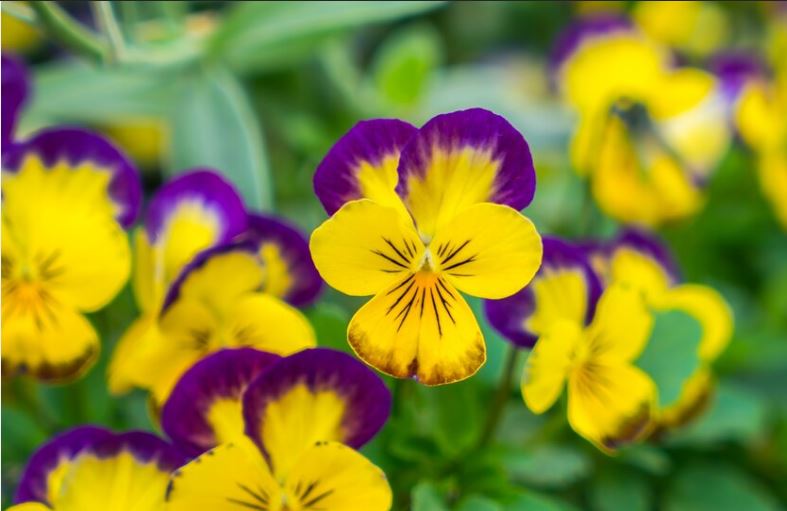
Light Requirements: Partial shade
Bloom Time: Early spring
Flower Colors: Yellow, pink, red, purple
Cheerful primroses brighten up shady areas early in the season.
15. Trillium (Trillium spp.)
Light Requirements: Full to partial shade
Bloom Time: Spring
Flower Colors: White, red, yellow
A native woodland plant with striking three-petaled flowers.
16. Hellebore (Helleborus spp.)
Light Requirements: Partial to full shade
Bloom Time: Late winter to early spring
Flower Colors: White, pink, purple, green
Also called “Lenten rose,” hellebores bloom when little else does.
17. Virginia Bluebells (Mertensia virginica)
Light Requirements: Partial to full shade
Bloom Time: Spring
Flower Colors: Blue, pink
These ephemerals create a sea of blue before going dormant in summer.
18. Dead Nettle (Lamium maculatum)
Light Requirements: Partial to full shade
Bloom Time: Spring to summer
Flower Colors: Pink, white, purple
A fast-spreading ground cover with attractive foliage and flowers.
19. Solomon’s Seal (Polygonatum spp.)
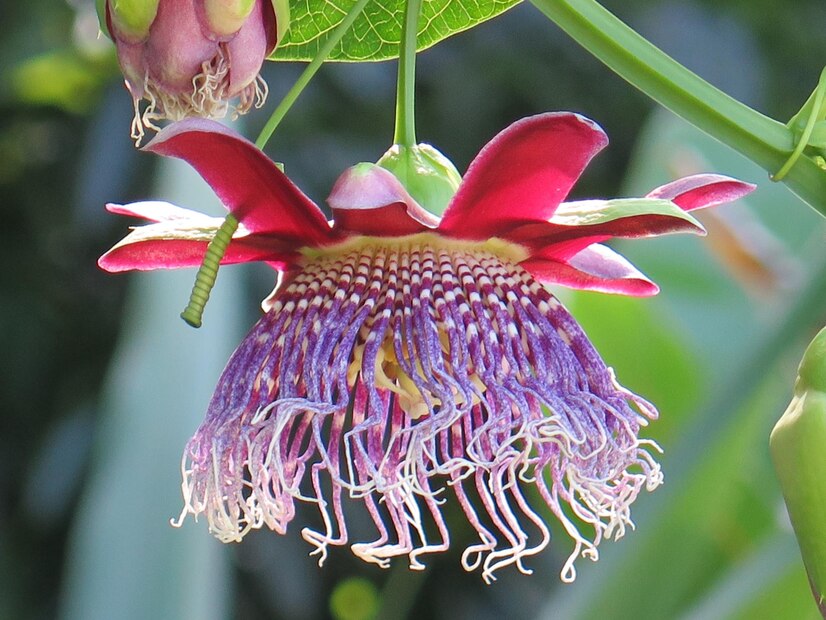
Light Requirements: Partial to full shade
Bloom Time: Spring
Flower Colors: White, green
Graceful arching stems with dangling bell-shaped flowers.
20. Spiderwort (Tradescantia spp.)
Light Requirements: Partial shade
Bloom Time: Spring to summer
Flower Colors: Blue, purple, pink
Easy to grow with vibrant three-petaled flowers.
How to Care for Flowering Shade Plants
Soil Requirements
Most shade-loving plants prefer:
- Moist, well-draining soil
- Rich in organic matter (add compost)
- Slightly acidic to neutral pH
Watering Tips
- Keep soil consistently moist (but not waterlogged).
- Mulch to retain moisture.
Fertilization
- Use a balanced, slow-release fertilizer in spring.
- Avoid over-fertilizing, as many shade plants prefer moderate nutrients.
Pruning & Maintenance
- Remove dead flowers to encourage reblooming.
- Divide perennials every few years to prevent overcrowding.
Designing a Shade Garden with Flowering Plants
Layer Plants for Depth
- Tall plants (Foxglove, Hydrangea) at the back
- Medium-height plants (Astilbe, Hellebore) in the middle
- Ground covers (Lungwort, Dead Nettle) in front
Mix Foliage & Flowers
Combine plants with different leaf textures (e.g., Hosta’s broad leaves with Ferns’ fine fronds).
Add Seasonal Interest
- Spring: Bleeding Heart, Primrose
- Summer: Astilbe, Hydrangea
- Fall: Toad Lily, Japanese Anemone
FAQs About Flowering Shade Plants
Can flowering plants grow in full shade?
Yes! Some, like Lily of the Valley and Hosta, thrive in deep shade.
Do shade flowers attract pollinators?
Absolutely! Foxglove, Columbine, and Astilbe attract bees and hummingbirds.
What’s the easiest flowering shade plant?
Impatiens and Hostas are among the easiest for beginners.
Conclusion
Shady gardens don’t have to be dull—flowering shade plants bring vibrant colors, textures, and life to dim spaces. Whether you prefer early spring blooms like Hellebores or summer showstoppers like Hydrangeas, there’s a shade-loving flower for every garden.
By selecting the right plants and providing proper care, you can create a stunning, low-maintenance shade garden that blooms throughout the seasons.




